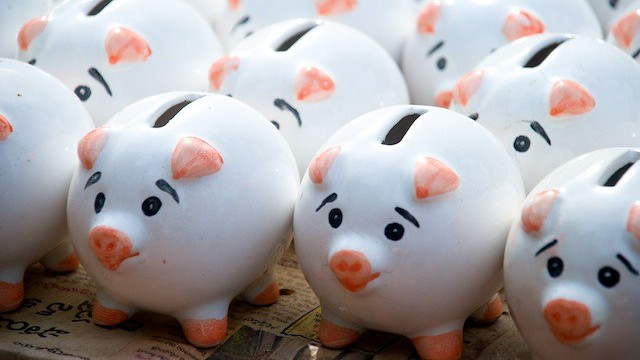
Early KiwiSaver withdrawals reached their third highest level this year in the month of August with over $183 million taken out in home ownership and financial hardship withdrawals.
According to Inland Revenue (IRD), which tracks monthly KiwiSaver statistics, 7,720 KiwiSaver members withdrew $183.4 million during the month of August.
Early KiwiSaver withdrawals in August this year were up 38.4% or $50.9 million, compared to August 2023 figures.
People are generally only able to withdraw from their KiwiSaver when they reach retirement age which in New Zealand is currently 65. However, people can apply for early KiwiSaver withdrawals on financial hardship and first home ownership grounds.
In August, 3,490 people withdrew $145.4 million for home ownership, and 4,220 people withdrew $37.9 million because of financial hardship.
Home ownership withdrawals in August were $9.9 million lower compared to July, while financial hardship withdrawals were up $2 million in the same period.
On a yearly basis, August first home withdrawals rose $34.7 million compared to August 2023, while financial hardship withdrawals climbed $16.2 million.
The latest IRD data shows KiwiSaver fund managers received $795.9 million in August, with the Government’s KiwiSaver contributions contributing $1.1 million.
The Government contributes 50 cents for every dollar a person contributes to their KiwiSaver, up to a maximum government contribution of $521.43.
To get the full government contribution, people need to have contributed at least $1042.86 to their KiwiSaver between the 1st of July and 30th of June each year.
As of August 2024, there were 3.3 million members enrolled in KiwiSaver with 1,455 new members joining that month.
By KiwiSaver scheme entry method, 657,679 members were in default allocated schemes, 213,465 were in employer nominated schemes and 2,485,705 had actively chosen their KiwiSaver scheme.
Across the age bands, the 25-34 category still has the largest number of members with 742,546, followed by the 35-44 category which has 708,526 members.
The number of non-active members – which Inland Revenue tracks through those who opt out of the scheme as well as those who close their accounts – came to 755,725 in August which is 5,119 more than in July.
Funds on the rise
According to the Financial Market Authority’s 2024 Annual KiwiSaver report, which was released in September, KiwiSaver finished its March-2024 financial year with $111.8 billion in funds under management (FUM).
This is a 19.3% increase from $93.6 billion FUM in the previous year, and the FMA says this is the strongest growth in total funds since 2021, with total KiwiSaver funds having almost doubled since March 2019.
KiwiSaver also made $13.1 billion in net investment returns during the March-2024 year, a big turnaround from the net investment loss of $1.9 billion the FMA reported in 2023.
The FMA’s report found the average balance per member during the March-2024 year was up 16.5% to $33,514. This is 16% higher than the average balance of $28,778 in the 2023 financial year.
Since 2020, net total membership has grown over 10% – an increase of more than 300,000 members over that time.

We welcome your comments below. If you are not already registered, please register to comment.
Remember we welcome robust, respectful and insightful debate. We don't welcome abusive or defamatory comments and will de-register those repeatedly making such comments. Our current comment policy is here.